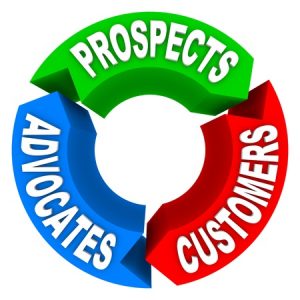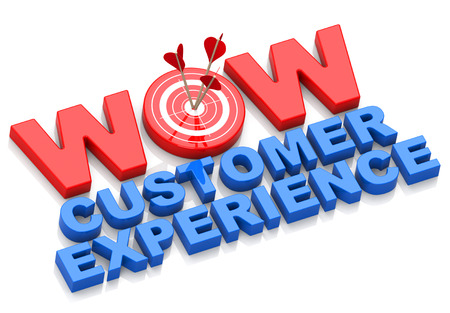
Let’s be clear. There is a distinct difference between customer service and the customer experience, also known as CX. Customer service entails everything a company does to “respond” to its customers. “Respond” is the keyword. While fixing mistakes with a smile, saying “yes” even when it goes against company policy and diffusing disgruntled or unhappy customers efficiently and effectively are all important and can contribute to the customer experience after the fact. Yet, they don’t address what companies do proactively to build relationships on the front end. That’s where the customer experience comes into play. It consists of all the interactions between the buyer or user and an organization and its brand throughout the business relationship. Examples of interactions include awareness, discovery, cultivation, advocacy, purchases and service.
Why Does the Customer Experience Matter?
The customer experience is an important concept that is undergoing change as it further differentiates itself from customer service. Entire departments are being cultivated and dedicated to CX. In fact, the Digital Marketing Trends Report by Econsultancy and Adobe ranked it as the single-most exciting opportunity for organizations in the coming year. Additionally, 76% of customer management executives ranked CX as their organization’s highest priority. In this sense, the value of a customer-driven organization can’t be underestimated.
The Relationship Between the Customer Experience and Marketing

Gina Mueller, former director of marketing for Insightpool, states, “If you are not a customer obsessed company, you need to reevaluate your goals.” Some may think marketing is only a small part of customer experience, but it exists at every level. Why? Because marketing is how a company chooses to communicate internally, externally and across all channels. Any interaction a company has reinforces its brand in a positive, neutral or negative way. The more touch points, the more opportunities there are to create and maintain favorable impressions or the opposite. At its core, customer experience boils down to how your company is perceived in the marketplace. That is what marketing is all about.
How to Enhance the Customer Experience
To bring in new customers and deepen relationships with current customers, integrate the customer experience into your marketing plan by using these tactics:
- Share customer success stories through the use of case studies or testimonials.
- Develop customer-centric events and meetups to celebrate or improve the customer experience.
- Utilize surveys and other forms of outreach to encourage open communication with clients and prospects. Focus on uncovering pain points or ways to improve your business relationship.
- Provide meaningful and relevant customer-centric content that introduces value, appreciation and insight throughout the entire customer lifecycle, not just the acquisition process.
- Use a CRM system to record the history of interactions and anticipate a prospect’s or customer’s future needs.
Building Brand Advocates

In the end, the customer experience is about creating successful relationships. Customers who believe their success is your priority turn into believers. In turn, they serve as brand advocates. And brand advocates are a powerful marketing resource when they talk about their positive experiences, sing your praises, and spread the word about your prominence in the marketplace.
Every company provides conscious and unintentional customer experiences. It may be good, bad or indifferent. Businesses that focus on improving CX successfully create a corporate differential. This differential helps them stand out from the crowd in a competitive marketplace.
Considering the customer experience first at any stage of the business cycle is certain to produce results. To accomplish this goal, provide value to your customers, communicate with them regularly and ask for their input. And, perhaps most importantly, tell them you appreciate them as a customer.


Comments are closed.